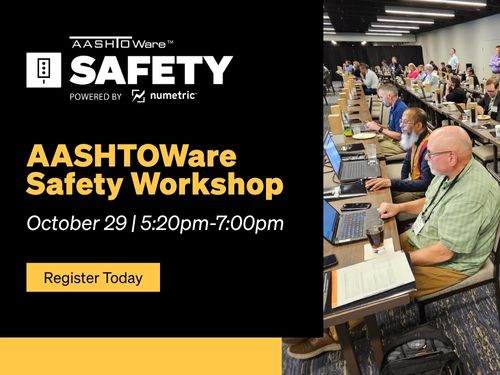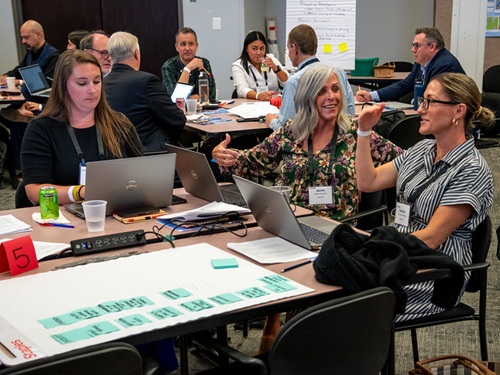The BATIC Institute: An AASHTO Center for Excellence is hosting an hour-long webinar on Oct. 17 from 3 pm to 4 pm that explores ways that state departments of transportation and tribal governments can collaborate together better on a range of transportation projects.

One of the new avenues for such “collaboration” derives from Section 202 (a)(9) of the Moving Ahead for Progress in the 21st Century or MAP-21 highway bill implemented in 2012 that called for “unambiguously authorized cooperation of states and local governments.”
Revisions to that section allows the Federal Highway Administration or the Bureau of Indian Affairs to “transfer and oversee funds received from states or their political subdivisions” to aid tribal transportation projects – a transfer that gives tribal governments the ability to administer larger capital projects, which in turn can spur local job creation and economic development.
[One recent example of the economic improvements that can be gained via rural transportation projects is the Tanana Road extension construction project outside Fairbanks, Alaska; a project explained in the video below.]
The BATIC webinar will highlight successful examples of collaboration and leadership from states working to build “internal capacity” aimed at fostering successful partnerships between their DOTs and tribal governments.
The webinar’s speakers include:
- Brian Allen, the Federal Highway Administration’s program delivery manager for the agency’s tribal program delivery team
- Clarence Daniel, transportation director for the Association of Village Council Presidents
- Commissioner Marc Luiken of the Alaska Department of Transportation & Park Facilities
Alaska’s Luiken will also present “case studies” regarding projects that develop from quarterly meetings between his agency and a tribal transportation committee – a committee that includes a tribal representative from 3 regions of the state that represent all 229 federally-recognized tribes in Alaska.
Projects that encompass everything from new roadways and airport runway extensions to ferry boat dock construction and new bike paths are among the many efforts the Alaska DOT&PF and Alaskan tribes are working together to find ways to improve transportation and economic vitality in the state’s rural areas.
Registration for this webinar is available at: https://register.gotowebinar.com/register/1286935873079542531. Questions about the webinar or the BATIC Institute can be emailed to: baticinstitute@aashto.org
 AASHTO
AASHTO
AASHTOWare Workshop at AASHTO 2025 Safety Summit
October 3, 2025 AASHTO
AASHTO

